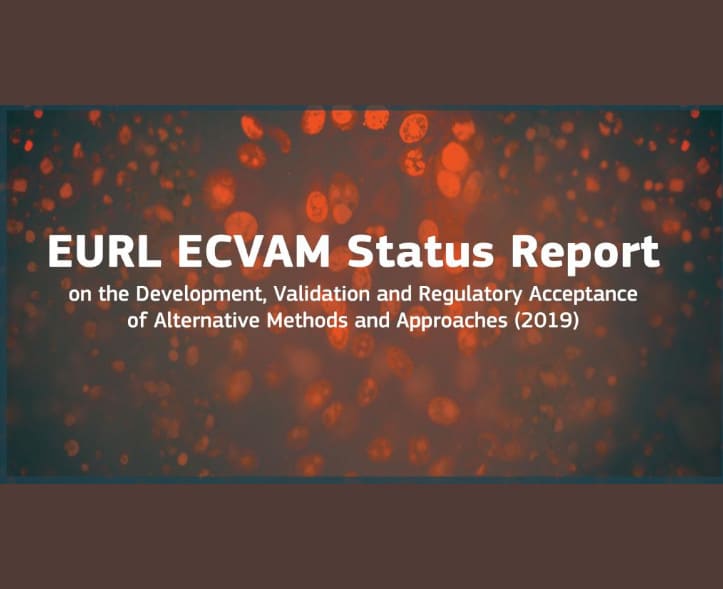In Europe there is a commission, the EURL ECVAM which is an integral part of the JRC, JOINT RESEARCH CENTER which is located in Ispra, Italy. The mandate of EURL ECVAM is reported in the EU legislation relating to the protection of animals used in laboratories for scientific purposes. The purpose of the ECVAM team focuses on three crucial points, called the 3R: Replacement, Reduction and Refinement. All the activities carried out by EURL ECVAM are concentrated on the collaboration and support of international and EU research initiatives, on the coordination and implementation of validation studies of alternative methods for assessing the safety of chemical substances, on the dissemination of information and sharing of knowledge between disciplines and sectors and finally on the promotion of alternative methods and the 3R in an international context.
On this website we present our activities under the headings of Alternative methods to toxicity testing and knowledge sharing on the three R. substitution,
On March 10 2020, EURL ECVAM published the “Status Report 2019” on the progress, validation and regulatory acceptance of alternative methods used for scientific purposes on the European Commission website.
“The report offers a broad overview of the activities undertaken by EURL ECVAM and its collaborators regarding important research projects, validation studies of test methods and peer reviews, regulatory acceptance and adoption of alternative methods at international level, initiatives to promote the knowledge sharing between sectors and communities, and activities to bring the 3R.

EU-funded projects are also providing scientifically valid standardized non-animal methods available for testing the safety and potency of vaccines for human and veterinary use.
As for basic research, the EURL ECVAM is carrying out major reviews in seven important areas of disease. Results on the use of non-animal models and methods for the study of respiratory tract diseases and neurodegenerative disorders will be published in the coming months.
Preliminary results show an increasing preference of scientists for sophisticated bioengineering technologies, including 3D human tissue cultures and microfluidic “organ on chip” devices.
With the support of the European Parliament, EURL ECVAM has expanded its education and training activities to introduce topics such as the replacement, reduction and improvement of the use of animals for scientific purposes into the curricula of high schools and universities. investing significant efforts to develop a variety of learning scenarios and associated teaching resources.

